15 Pop Songs That Changed the Music Industry Forever
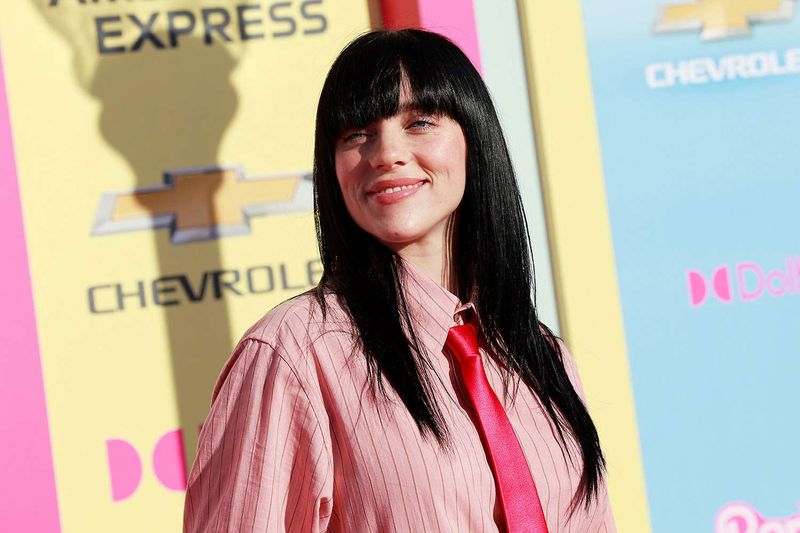
Music has the incredible power to reshape culture, challenge norms, and create new possibilities. Throughout history, certain pop songs have emerged as true game-changers, transforming not just radio playlists but the entire music industry landscape. These revolutionary tracks introduced new sounds, broke barriers, or arrived at exactly the right cultural moment to catalyze massive shifts in how music is created, distributed, and experienced.
1. Elvis Presley – “Hound Dog” (1956)
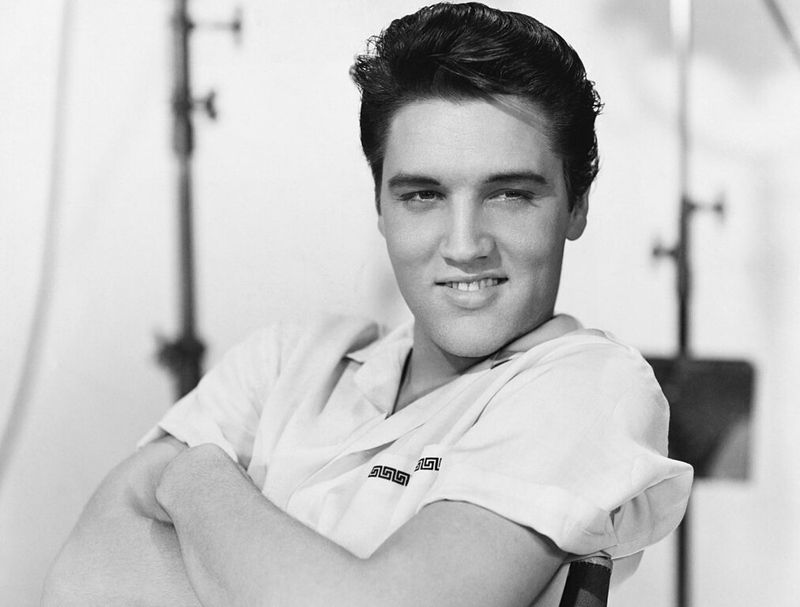
When Elvis swiveled his hips and unleashed “Hound Dog” on America, music would never be the same again. The raw energy and suggestive performance style shocked parents while thrilling teenagers across the nation.
What made this track revolutionary wasn’t just Elvis’s electrifying delivery but how it bridged the gap between Black rhythm and blues and white audiences. The song helped dismantle racial barriers in American music, creating a cultural crossroads where different musical traditions could meet and transform each other.
Before Elvis, popular music existed in rigidly segregated categories. After “Hound Dog,” the foundation was laid for rock ‘n’ roll to become the universal language of youth rebellion and freedom.
2. The Beatles – “I Want to Hold Your Hand” (1963)
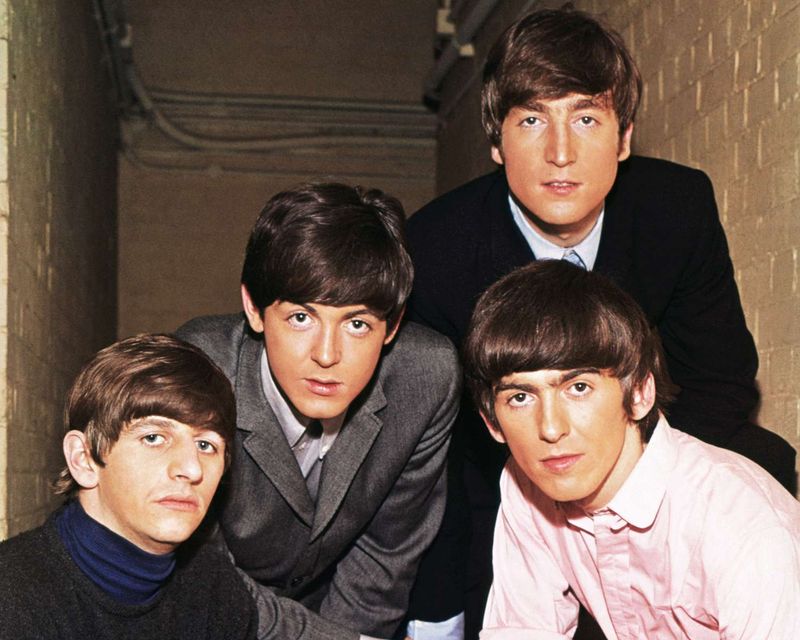
Four mop-topped lads from Liverpool changed everything with this infectious hit that launched Beatlemania in America. The song’s brilliant construction showcased the songwriting genius of Lennon and McCartney, combining catchy melodies with innovative chord progressions that sounded fresh yet accessible.
Landing on American shores just months after JFK’s assassination, the track offered joy and optimism to a grieving nation. Its success opened the floodgates for the British Invasion, as bands like the Rolling Stones, the Kinks, and the Who followed in their wake.
Beyond chart success, the song established a new template for pop artists writing their own material, shifting power from industry songwriters to the performers themselves.
3. The Beach Boys – “Good Vibrations” (1966)
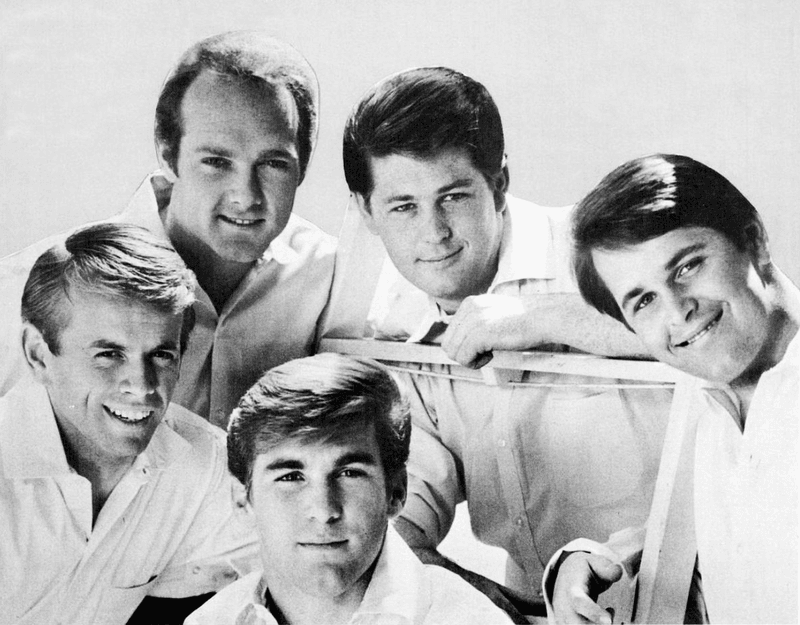
Created across multiple studios over six months at the then-astronomical cost of $50,000, this experimental masterpiece merged unlikely instruments like theremin and cello with complex vocal harmonies.
The song’s modular structure—with distinct sections recorded separately then spliced together—pioneered a new approach to song construction. Rather than capturing a live performance, Wilson treated the studio itself as an instrument, layering sounds in ways impossible to recreate on stage.
Every producer who has obsessed over sonic details owes a debt to this revolutionary track. “Good Vibrations” transformed pop music from simple entertainment into potential art, inspiring generations of sonic experimenters from the Beatles to Radiohead.
4. Aretha Franklin – “Respect” (1967)
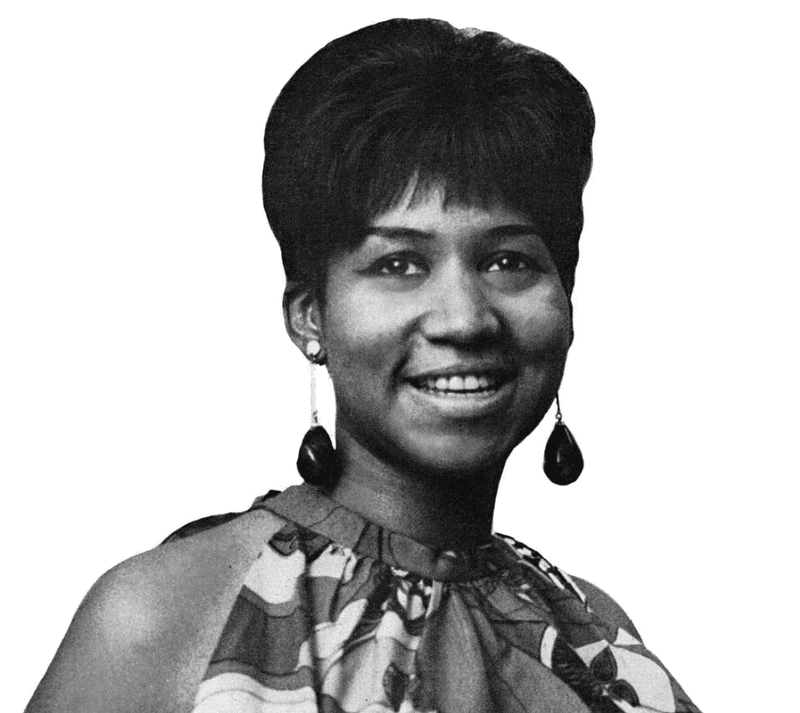
Aretha Franklin didn’t just cover Otis Redding’s song—she completely transformed it into a declaration of independence. Her powerhouse vocals and the addition of the iconic “R-E-S-P-E-C-T” spelled-out chorus turned a man’s demand for domestic recognition into a universal anthem for dignity and equality.
Released during the height of both the civil rights movement and women’s liberation, the song captured the spirit of an era demanding change. Franklin’s performance embodied both personal and political empowerment, resonating with anyone who felt marginalized or undervalued.
The track’s crossover success helped bring Black music further into the mainstream, while establishing Franklin as the undisputed Queen of Soul. Decades later, “Respect” remains the definitive statement on demanding the dignity every human deserves.
5. Michael Jackson – “Billie Jean” (1982)
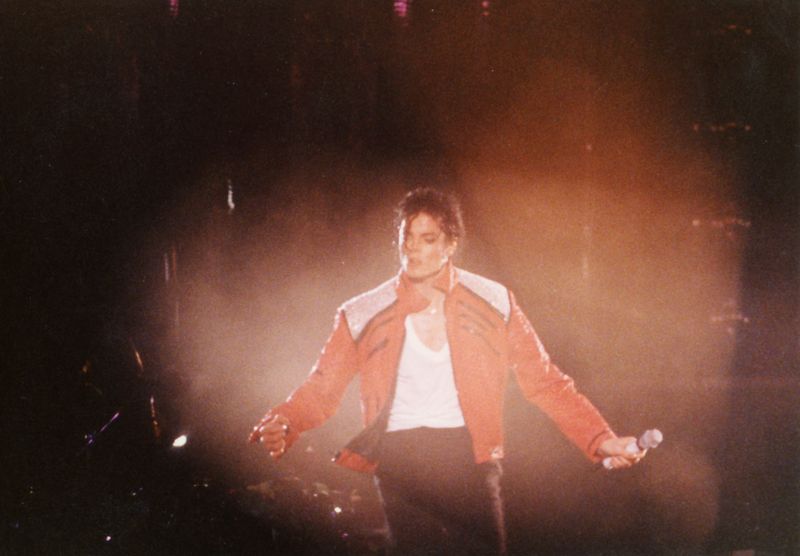
The distinctive bassline announces itself immediately—four notes that changed music history. Michael Jackson’s paranoid tale of false paternity claims became the vehicle that broke MTV’s racial barriers and transformed music videos from promotional tools into essential art forms.
Jackson’s moonwalk debut while performing this song on Motown’s 25th anniversary special created an iconic cultural moment watched by 47 million Americans. The track’s immaculate production by Quincy Jones set new standards for sonic perfection, with every element—from the rhythmic breathing to the string accents—precisely placed for maximum impact.
As the second single from “Thriller,” “Billie Jean” helped propel the album to become the best-selling of all time and cemented Jackson’s transformation from child star to the undisputed King of Pop.
6. Madonna – “Like a Virgin” (1984)
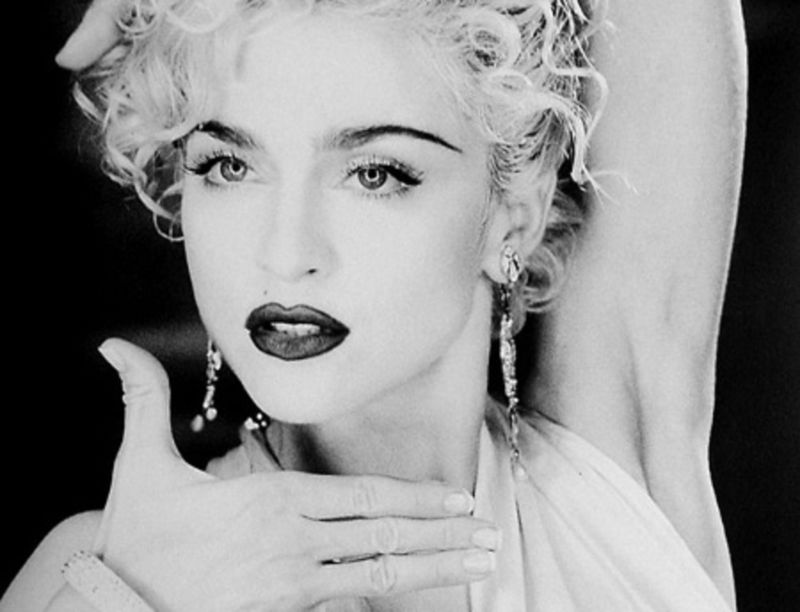
Madonna Louise Ciccone shocked America by rolling around in a wedding dress singing about feeling “shiny and new” at the first MTV Video Music Awards. The performance announced a new kind of female pop star who controlled her own image, sexuality, and career trajectory.
Produced by Nile Rodgers, the song’s bouncy beat masked its provocative content, creating the perfect vehicle for Madonna’s calculated controversy. The religious imagery mixed with sexual themes established her signature approach of combining the sacred and profane to generate maximum cultural impact.
While critics dismissed her as a flash in the pan, Madonna used this breakthrough hit to launch a four-decade career of constant reinvention. The song’s success created the template for female pop stars to embrace sexuality on their own terms rather than as objects of male desire.
7. Whitney Houston – “I Will Always Love You” (1992)
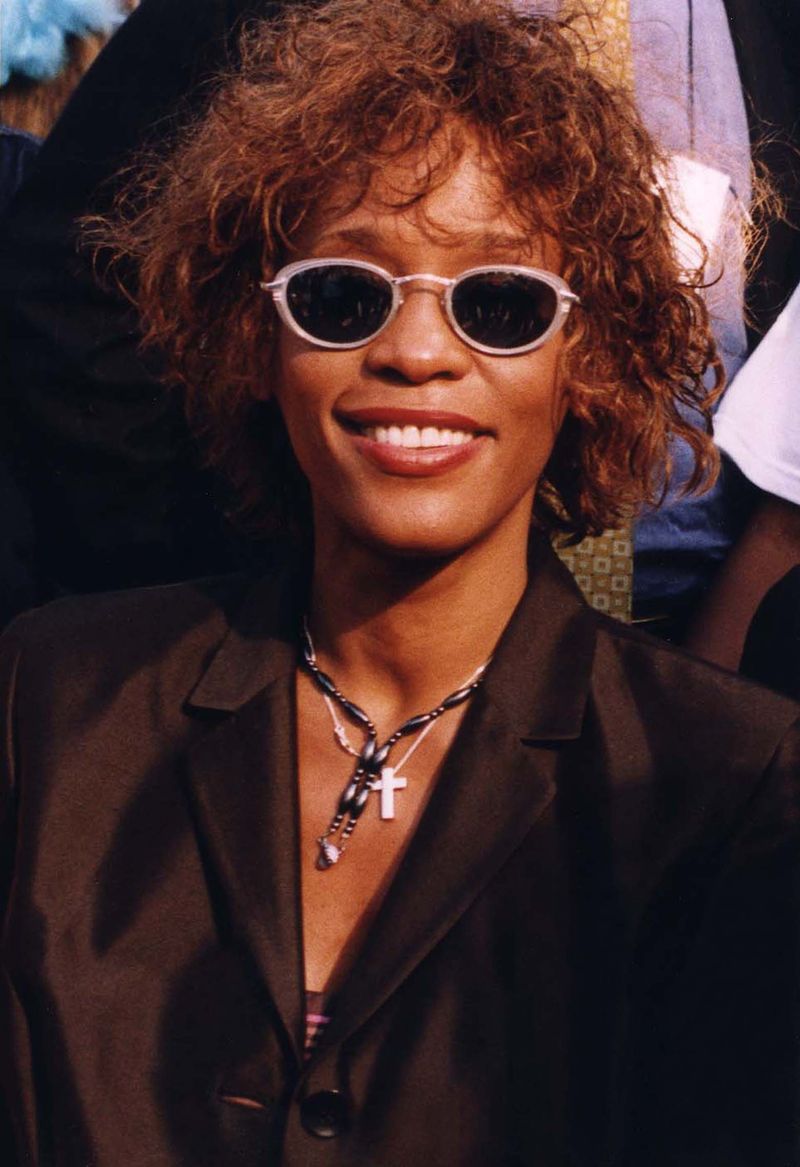
The a cappella opening note holds for an astonishing 45 seconds, immediately announcing this as no ordinary love song. Whitney Houston’s tour-de-force vocal performance transformed Dolly Parton’s country ballad into a pop-soul masterpiece that dominated radio for months and became the best-selling single by a female artist of all time.
The song’s unprecedented commercial success—14 weeks at #1 and over 20 million copies sold worldwide—demonstrated the massive market for emotionally powerful ballads even in an era dominated by grunge and hip-hop. Its inclusion in “The Bodyguard” soundtrack also cemented the commercial potential of film soundtrack albums.
Houston’s flawless vocal control, from delicate restraint to full-throated power, set a nearly impossible standard for vocal performance that continues to influence singing competitions and aspiring vocalists everywhere.
8. Britney Spears – “…Baby One More Time” (1998)

A 16-year-old former Mouseketeer in a schoolgirl outfit tied her sweater around her waist and danced down a high school hallway into pop culture history. The infectious chorus hook (“Hit me”) sparked controversy while the Swedish production wizardry of Max Martin created a perfect teen pop sound that would dominate radio for years.
The music video’s school setting and suggestive-yet-innocent choreography created a template for teen pop that countless artists would follow. Britney’s combination of girl-next-door appeal with dance skills and vocal personality made her the perfect vessel for launching the new millennium’s pop renaissance.
The song’s massive success helped revitalize the teen pop market, paving the way for Christina Aguilera, NSYNC, and the Backstreet Boys while making Swedish hitmakers like Martin the most sought-after producers in the industry.
9. NSYNC – “Bye Bye Bye” (2000)
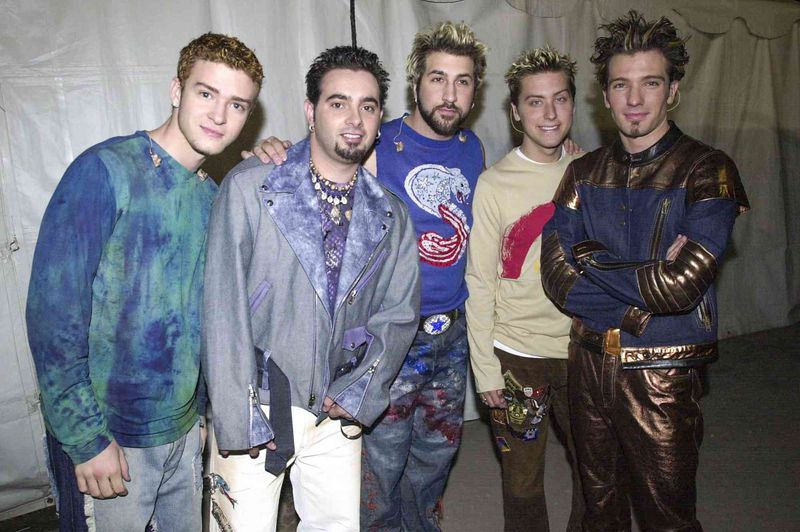
Five synchronized male vocalists performing intricate puppet-inspired choreography created the defining moment of the Y2K boy band explosion. The driving beat and catchy kiss-off chorus helped NSYNC break sales records with their “No Strings Attached” album, moving 2.4 million copies in its first week—a number that seems impossible in today’s streaming era.
The song’s elaborate music video, featuring the members as puppets cutting their strings, perfectly captured millennial youth culture at the turn of the century. The choreography became instantly iconic, with the “bye bye bye” hand motion recognized by an entire generation.
Beyond its commercial impact, the track helped legitimize boy bands as a serious pop force rather than a passing fad, setting the stage for future groups from One Direction to BTS while launching Justin Timberlake toward solo superstardom.
10. Beyoncé – “Single Ladies (Put a Ring on It)” (2008)
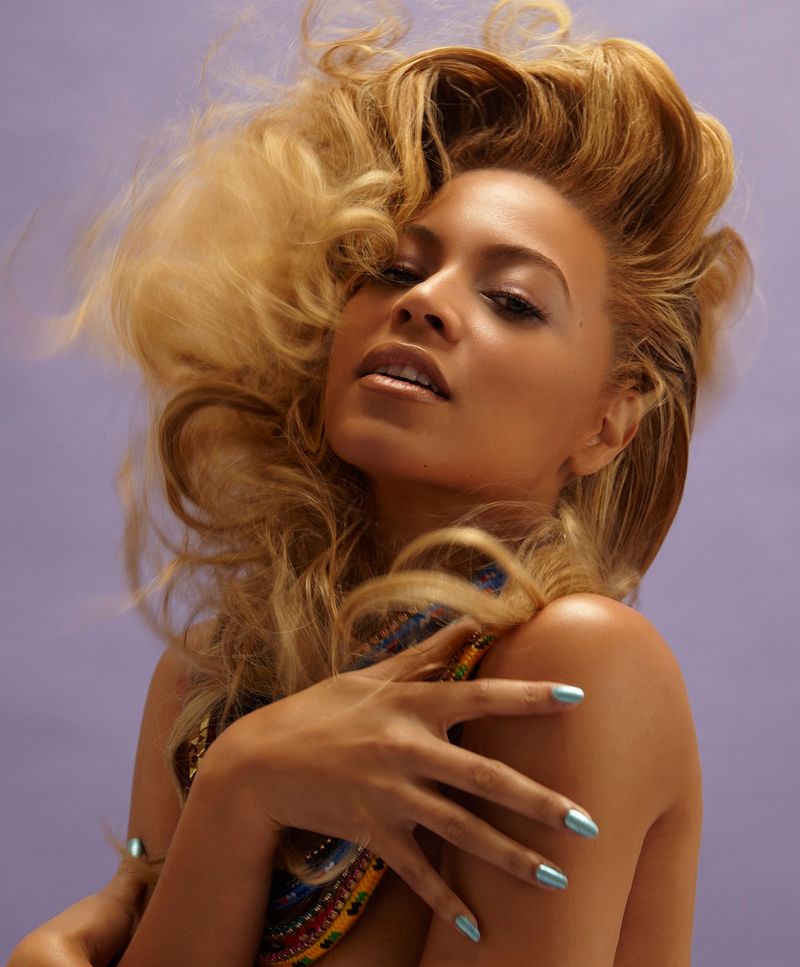
Three women in black leotards and high heels performing hypnotic choreography against a white infinity background—simple yet revolutionary. Beyoncé’s black-and-white video became an instant cultural phenomenon, inspiring countless parodies, homages, and amateur recreations across the newly emerging YouTube platform.
The song’s infectious “oh oh oh” hook and hand-flip dance move proved irresistibly memetic, spreading through the internet in ways that redefined how music could become viral in the digital age. Even Kanye West’s infamous MTV VMAs interruption of Taylor Swift was in service of declaring this “one of the best videos of all time.”
Beyond its catchy empowerment message, “Single Ladies” helped establish Beyoncé’s alter ego Sasha Fierce and signaled her evolution from pop star to cultural icon who could drive conversation and set trends with each artistic statement.
11. Lady Gaga – “Poker Face” (2008)
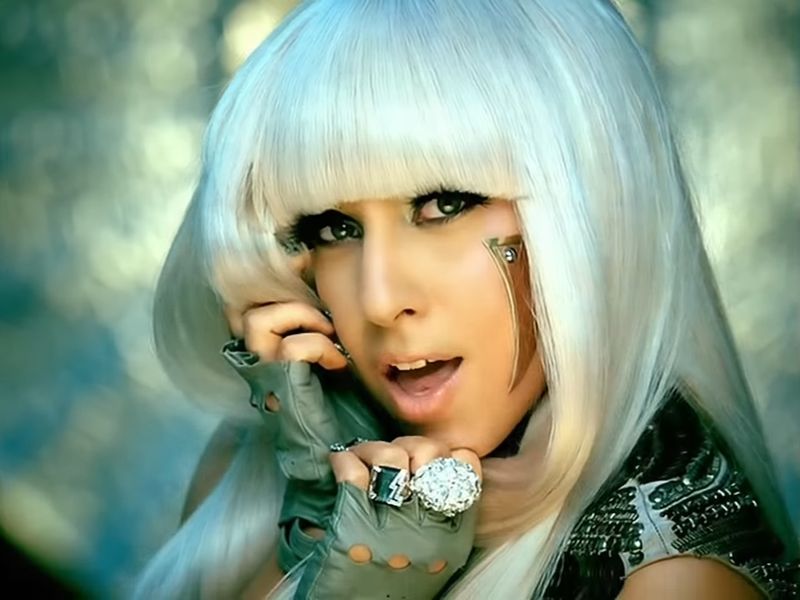
A blonde woman in futuristic outfits and dramatic makeup emerged from the club scene to revitalize dance pop with this hypnotic electro-banger. Lady Gaga’s robotic delivery and the track’s pulsing synths arrived at precisely the right moment, when American pop was ready for an injection of European dance music sensibilities.
The song’s clever sexual double entendres and gambling metaphors showcased Gaga’s artistic intelligence, while her avant-garde fashion sense in the video announced a new kind of pop star who treated music as just one part of a larger artistic vision. Her theatrical approach to performance art and fashion revitalized the concept of pop spectacle for a new generation.
“Poker Face” helped usher in a new wave of electronic dance music influence in mainstream pop, setting the stage for EDM’s commercial explosion and influencing everyone from Katy Perry to Kesha.
12. Adele – “Rolling in the Deep” (2010)

A soulful voice emerges from darkness, building from smoldering verses to an explosive chorus that sounds both vintage and completely modern. Adele’s breakthrough hit proved that in an era of Auto-Tune and electronic production, raw vocal talent and emotional authenticity could still captivate global audiences.
The song’s stomping percussion and gospel influences created a perfect backdrop for Adele’s powerhouse vocals expressing post-breakup fury. Its success demonstrated that ballad-driven pop could thrive commercially even as dance music dominated clubs and radio.
“Rolling in the Deep” helped Adele’s “21” album sell over 31 million copies worldwide, proving the viability of album-length artistic statements in an increasingly singles-oriented market. The track’s organic instrumentation and vintage production aesthetic also influenced a wave of retro-soul pop that followed in its wake.
13. Taylor Swift – “Shake It Off” (2014)
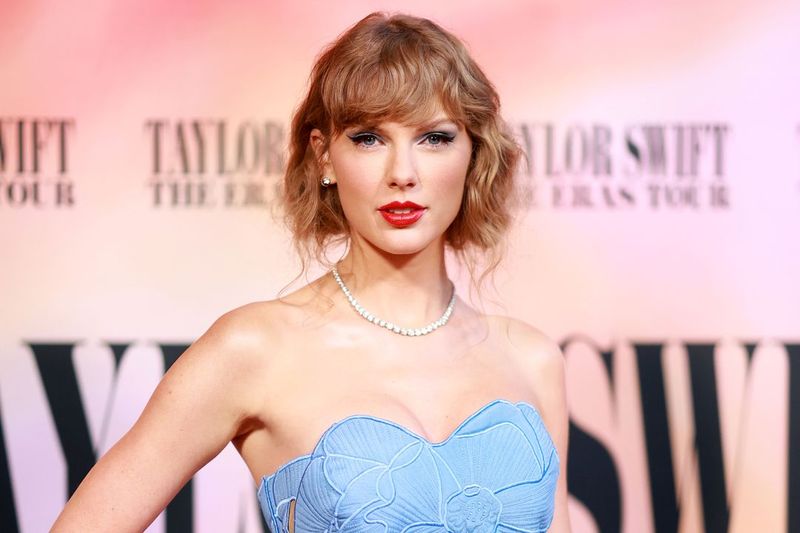
America’s country sweetheart traded her guitar for a dance beat and declared herself a full-fledged pop star with this defiant anthem against critics. The horn-driven production by Max Martin and Shellback announced Swift’s complete genre transformation while her self-aware lyrics addressed the media’s obsession with her dating life.
The song’s message about ignoring haters perfectly captured the social media era’s challenges, where public figures face constant scrutiny and criticism. Its success validated Swift’s artistic evolution and demonstrated how a strategic genre pivot could expand rather than alienate a fanbase.
“Shake It Off” helped Swift’s “1989” album sell over 10 million copies globally, proving that album-oriented pop could still thrive in the streaming era. The track established her as a pop culture chameleon capable of reinventing herself while maintaining her songwriting authenticity.
14. Luis Fonsi & Daddy Yankee ft. Justin Bieber – “Despacito (Remix)” (2017)
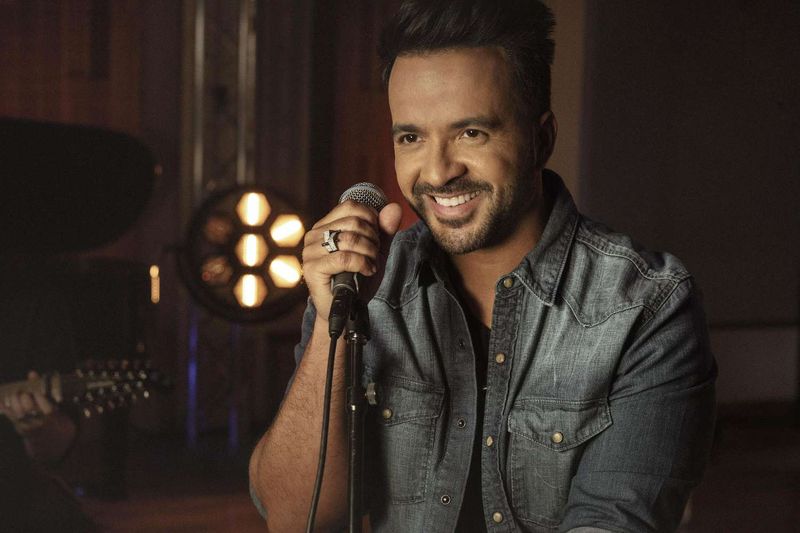
A seductive Spanish-language melody conquered global charts, becoming the most-streamed song in history and spending a record-tying 16 weeks atop the Billboard Hot 100. The remix featuring Justin Bieber created a perfect bridge between Latin and mainstream North American audiences, helping reggaeton and Latin pop cross over like never before.
The song’s success highlighted streaming platforms’ ability to break down geographical and linguistic barriers in music consumption. Listeners no longer needed to understand lyrics to embrace songs from different cultures, opening new possibilities for global hits.
“Despacito” triggered a wave of Latin-influenced pop collaborations and helped artists like Bad Bunny and J Balvin achieve international stardom without sacrificing their linguistic identity. The track permanently expanded the sonic palette of American pop to include more Latin rhythms and Spanish-language elements.
15. Billie Eilish – “Bad Guy” (2019)
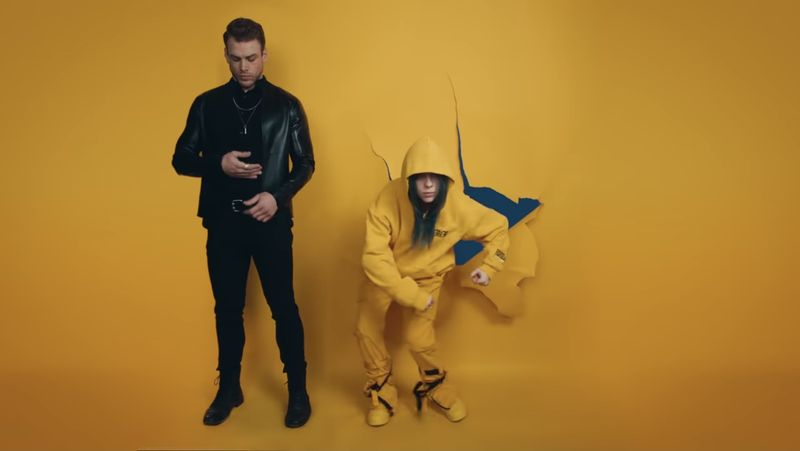
A whispered voice over a minimalist beat and sinister bassline announced a new kind of pop star for Gen Z. Nineteen-year-old Billie Eilish, with her baggy clothes, green hair, and bedroom-produced sound, represented a dramatic departure from the polished pop stars who came before her.
The song’s quiet intensity and dark humor reflected changing tastes among younger listeners raised on internet culture and more comfortable with mental health discussions. Its success signaled the mainstream acceptance of alternative production aesthetics, with sparse arrangements and ASMR-like vocal techniques replacing the maximalist approach that had dominated pop.
“Bad Guy” helped Eilish sweep the Grammy Awards’ major categories, validating her DIY approach to music creation with brother Finneas and inspiring countless young artists to create authentic music from their bedrooms rather than chasing traditional pop formulas.

Comments
Loading…